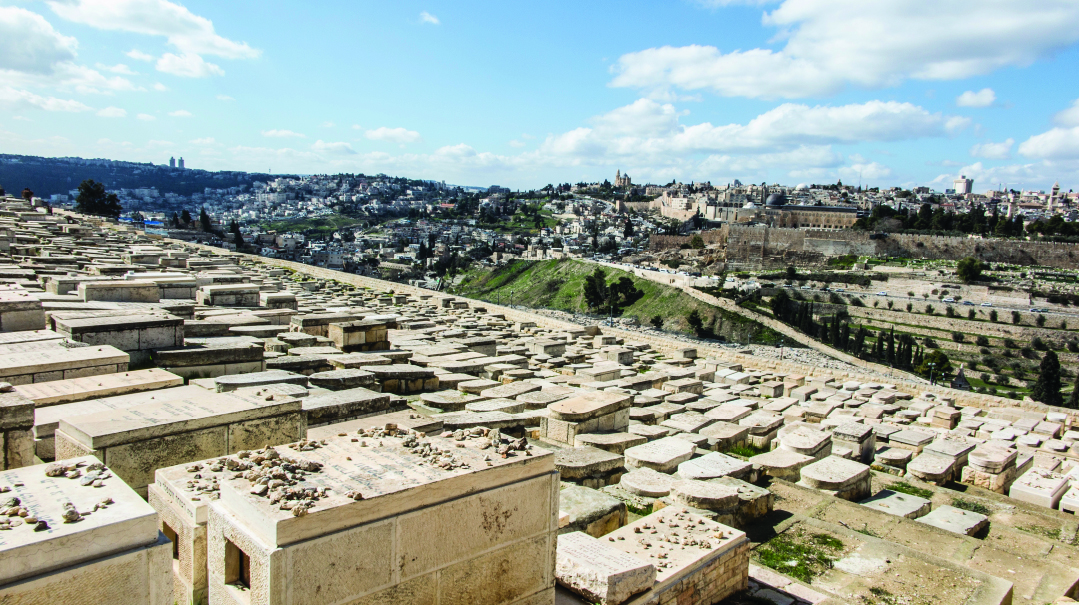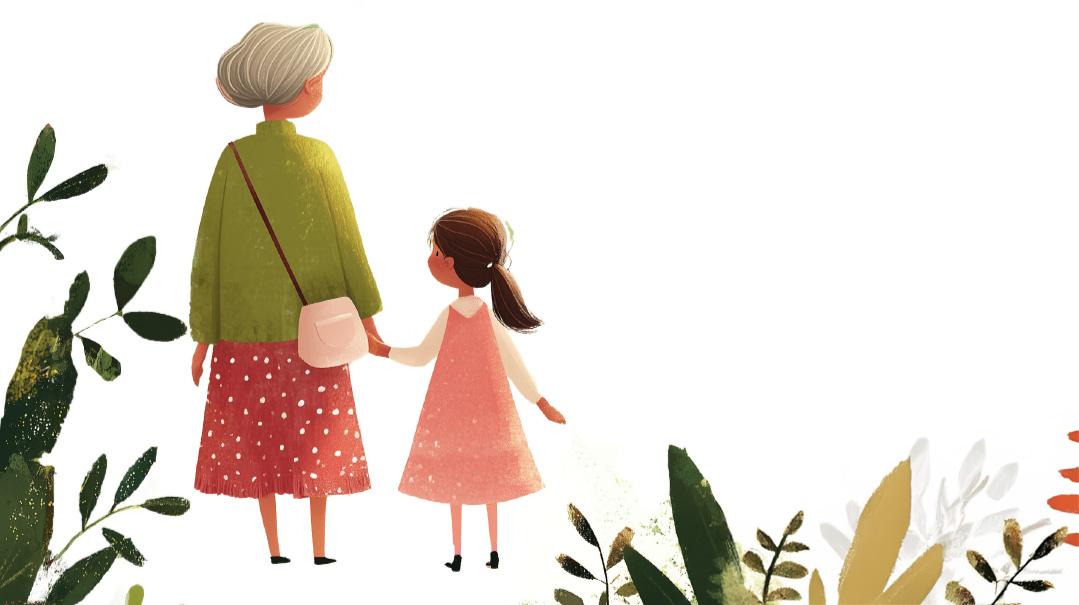Surrounded by Eternity

Lost among the graves, I wondered why I was there

Going to the cemetery has a way of putting things into perspective.
Tammy and I go way, way back. We share the kind of friendship that makes it possible for neither one of us to hesitate to call if something came up, even after eight or ten years without contact.
Something came up.
Tammy’s husband was about to undergo a serious medical procedure. A few days before the procedure was scheduled, Tammy felt a strong urge to daven at her mother’s kever, asking that her mother beseech Hashem that the procedure go well.
But Tammy lives in the US, and her mother is buried in Israel, so she settled on doing the next best thing: asking someone to daven at the kever. Since I live not far from the cemetery, Tammy asked me if I’d be willing to go. She was quick to assure me that if I couldn’t go, she’d understand, especially as the procedure was only four days away — and two of those days were Friday and Shabbos.
I pondered her request. I’ve attended a few funerals, but besides kivrei tzaddikim, I’ve never gone to a kever to pray. I was expecting to find some inner resistance to going. Fear, perhaps, or pressure. I was surprised to feel no negative emotions at all. Rather, I felt privileged. Chosen.
I couldn’t explain the feeling even to myself, and silence rested between us.
Tammy misunderstood my hesitation. “I know it sounds weird,” she said. “It’s just—”
“No, it doesn’t,” I interrupted her. “I’m actually really glad you called. I’ll go.” I asked if there was anything special she wanted me to do or say. She just wanted me to go and talk to her mother, to both her parents, and ask them to daven that the procedure be successful and that her husband have a complete recovery.
This cemetery is on the main highway between Beit Shemesh and Jerusalem. I’ve lived in Beit Shemesh for over 20 years, so although I’ve never been inside this cemetery, even my legendary horrible sense of direction couldn’t mess this up. Tammy emailed me exact directions how to find the kever once inside.
I left on a Friday afternoon, with plenty of time to go and come back before Shabbos. I drove along the highway and exited where the cemetery is supposed to be.
Somehow, I made a wrong turn, and took an extra ten minutes to find the main gate. I took this mishap in stride. Actually, I was reassured, since I figured I was already yoztei getting lost for the day, and I had very specific instructions how to proceed from there.
Oops! We could not locate your form.







